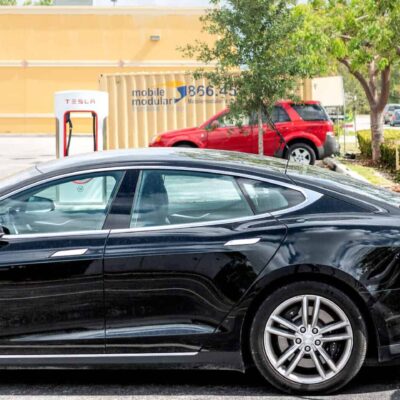Over the past few years, the usefulness and effectiveness of biologics to treat chronic and rare diseases have gained attention. Pharmaceutical players are investing more heavily in research and development, driving the biologics market’s value to ~302.63 billion USD in 2020. By 2026, the market is expected to reach 509.23 billion USD.
The development of biologics has created an entirely new line of therapies in the pharmaceutical industry. Novel treatments derived from monoclonal antibodies and vaccinations that harness the power of biological molecules such as messenger RNA (mRNA) and proteins create opportunities not only for innovation but also replication.
Enter biosimilars.
In 2010, the Biologics Price Competition and Innovation Act (“BPCIA”) was signed into law as part of the Affordable Care Act, which created an abbreviated licensure pathway for biological products that are shown to be “biosimilar” to, or “interchangeable” with, a reference product that has already been licensed by FDA. Biologics are therapeutic products originating from biological sources, while biosimilars are comparable to but cheaper than their original biologic counterparts.
Compared to biologics, the biosimilars market value is much smaller—28,235 million in 2020 and is anticipated to reach 103,638 million in 2026. However, at a CAGR of 24.2%, the biosimilars market garners a much higher investment yield. With patents for several existing biological drugs set to expire in the coming decade, biosimilar companies and manufacturers have an opportunity to take advantage.
Included in the BPCIA is a detailed schedule of timed steps for document disclosure prior to the filing of patent litigations between branded biologics and the biosimilar counterpart, streamlining the process and providing a new backdrop for pharmaceutical patent cases. As of May 2021, there are currently six BPCIA cases pending and 24 cases resolved from 2014 onward.
Below are some examples of experts who can address issues relevant to BPCIA litigation.
- Biochemists understand the chemistry of biological processes in a cell.
- Molecular biologists are familiar with the structures and functions of a cell’s components.
- Biological engineers and process chemists understand the development of industrial processes for the production of biologics and clinical manufacturing protocols.
- Structural biologists can contextualize the 3D structure of a protein in relation to the protein’s function.
- Immunologists are familiar with the immune system and the different mechanisms of its regulation.
- Bioinformaticians and bioinformaticists use computational analyses to understand biological processes.
- Pharmacists and formulators understand the use, efficacy, and safety of biologics and biosimilars in treatment and address delivery mechanisms.
- Bioanalytical chemists develop and implement methods to analyze the properties of biologics.
WIT’s life sciences experts have advised on several BPCIA matters and can address issues related to drug development and commercialization efforts. Learn more about our life sciences practice, or contact us to discuss your expert witness needs. Follow us on LinkedIn and Twitter to stay up-to-date on our latest insights.




